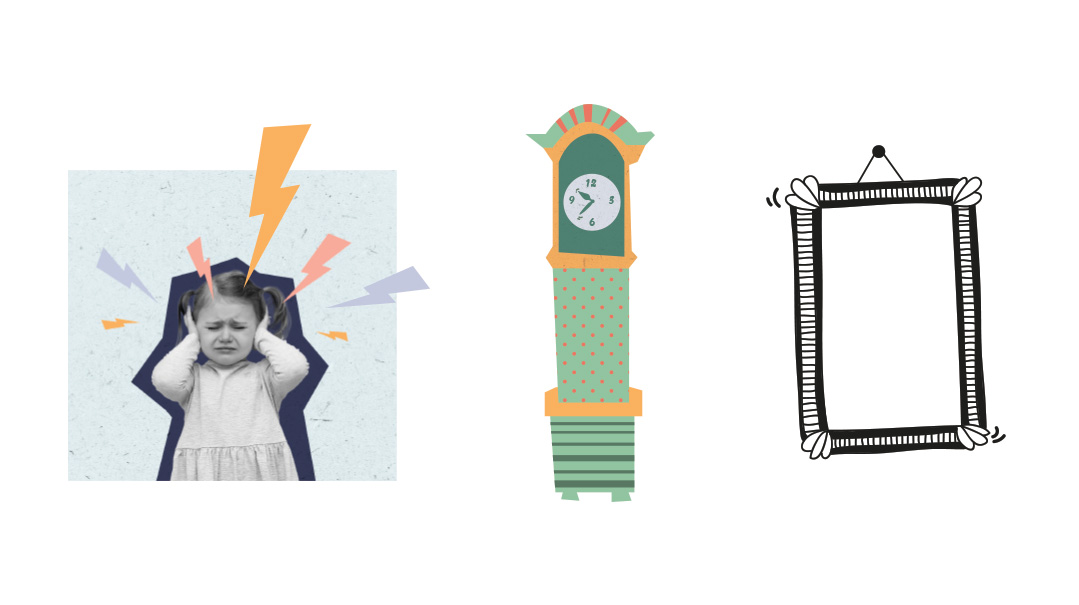What a Headache!
| January 9, 2024Resolving headaches requires some digging, patience, and oftentimes trial and error

What a Headache!
Dr. Jennie Berkovich
P
atients reporting pain is a daily occurrence for any pediatrician, but hearing kids complain about headaches always makes me cringe. As a headache sufferer myself, I sympathize with their discomfort and wish there was an easy one-size-fits-all solution. Unfortunately, resolving headaches requires some digging, patience, and oftentimes trial and error.
To unravel the mystery of headaches, we start with a detailed history. By understanding the child’s daily life, dietary habits, and sleep patterns, we gain valuable insights. I often assign patients a “headache log” to fill out for two weeks that tracks every time the headache occurs, the severity, any associated symptoms, how long it lasted, anything that helped relieve it, and any triggers that preceded it. A thorough physical examination, including a neurological assessment, is also crucial for ruling out underlying issues. In some cases, additional tests such as blood work or imaging studies might be necessary.
Common headache causes are viral illnesses (both flu and Covid are known to cause headaches), although these should resolve as the illnesses improve. More chronic causes include tension headaches, migraines, cluster headaches, sinus infections, and vision problems.
Tension headaches: Tension headaches often result from stress, lack of sleep, or poor posture. These are often described as a feeling of “tightness” around the head, like wearing a hat that’s too small.
Migraines: Migraines in children are characterized by intense, throbbing pain, often accompanied by nausea, vomiting, and sensitivity to light and sound. Noting family history, triggers, and the frequency and duration of attacks is helpful in making the diagnosis. Migraines are cyclical, so a headache that “never goes away” is less likely to be a migraine.
Cluster headaches: Although rare in children, cluster headaches can cause severe, sharp pain, often localized to one side of the head or face.
Sinusitis: Sinus infections can cause headaches, particularly if associated with nasal congestion and facial pain.
Vision problems: Poor vision or eye strain can contribute to headaches.
Red flags for headaches are a severe ten out of ten headache; a “thunderclap” that comes on suddenly and is debilitating; any headache that wakes one up from sleep; or a headache in the morning that is accompanied by vomiting. These may be signs of less common causes of headache like anemia, brain tumors, or bleeds, and need prompt investigation.
While the treatment of headache always depends on the cause, there are several preventative measures to try once any emergent diagnosis has been ruled out. A balanced diet, regular physical activity, and sufficient sleep lay the foundation for overall well-being. Hydration, often overlooked, also plays a significant role.
Establishing consistent daily schedules, including regular mealtimes, sleep routines, and breaks from academic or screen activities, contributes to headache prevention. Regular eye checkups are also crucial.
Vitamin B, particularly B2 (riboflavin), has shown promise in preventing migraines. Including foods rich in this vitamin, such as dairy products, lean meats, and leafy greens, can be beneficial. Headache prevention is one of the few times I may recommend taking additional vitamins and minerals, like riboflavin or magnesium.
As frustrating as headaches can be, there is hope that proper investigation can yield the cause and ultimately relief.
Dr. Jennie Berkovich is a board-certified pediatrician in Chicago and serves as the Director of Education for the Jewish Orthodox Medical Association (JOWMA)
A Matter of Time
Hadassah Eventsur
IF you’re neurodivergent, you may struggle with managing your time efficiently. This isn’t because you’re lazy or don’t care enough. It’s because you lack executive functioning skills, some of which are the building blocks for effective time management.
Here are some examples of how this can manifest in real life: Your brain may not see or feel the passage of time, so you can’t manage it effectively. You may become easily distracted when engaged in an activity, which can cause you to veer off course. When involved in an activity of interest, you may go into a state of hyperfocus, making it almost impossible to pull yourself away from a task. You may have working memory issues that cause you to forget what you were working on at the moment. You may struggle with emotional regulation, which impacts your motivation to get things done in a timely manner.
Hope isn’t lost, though! There are many strategies you can utilize to help you compensate for decreased time management skills. Timers and voice reminders from Alexa, Siri, or Google can help you stay on track. Keeping your phone in a separate room from where you are working can reduce unnecessary distractions that are notorious time sappers. Building in small rewards for finishing portions of a task can help you stay motivated to complete them. When engaged in a highly interesting task, ask a friend to call you at a set time to avoid getting lost in the activity. Awareness of the pitfalls and planning accordingly is the key to staying on top of managing your time and not letting it manage you.
Hadassah Eventsur, MS, OTR/L is a licensed occupational therapist with over 20 years of experience, and a certified life coach in the Baltimore, MD area.
How We Deal
Abby Delouya RMFT-CCC, CPTT
WE all respond to fear and anxiety differently. Even siblings who grow up in the same environment can have highly disparate reactions to the same events; it’s even more likely that spouses will respond differently to stressful situations.
Be aware of a natural human tendency to expect others to respond like you. If you’re a compartmentalizer and deal with anxiety and fear by “doing,” try not to judge others who may feel more paralyzed by anxiety and fear or those who respond more by “being.”
Acknowledging when you are feeling vulnerable and knowing that you may operate differently from your spouse can prevent unnecessary miscommunications or fights. Stay focused on the bigger picture, and know that b’ezras Hashem the instability will pass. Consider whether there are one or two activities you both gravitate to to decompress (walking or listening to music or a shiur) and try to find some shared pockets of time and space to connect while trying to be gentle with each other (and yourself!).
Abby Delouya, RMFT-CCC, CPTT is a licensed marriage and individual therapist with a specialty in trauma and addiction.
(Originally featured in Family First, Issue 876)
Oops! We could not locate your form.







